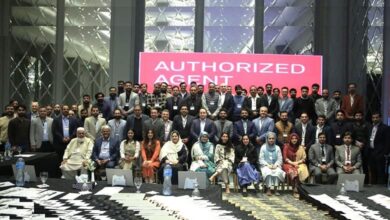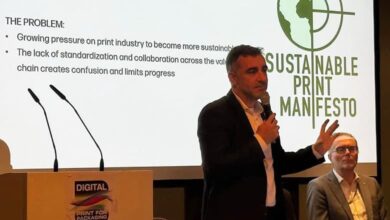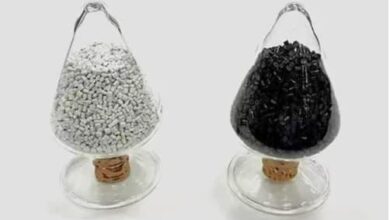Propak East Africa 2025 to Unwrap Future of Packaging
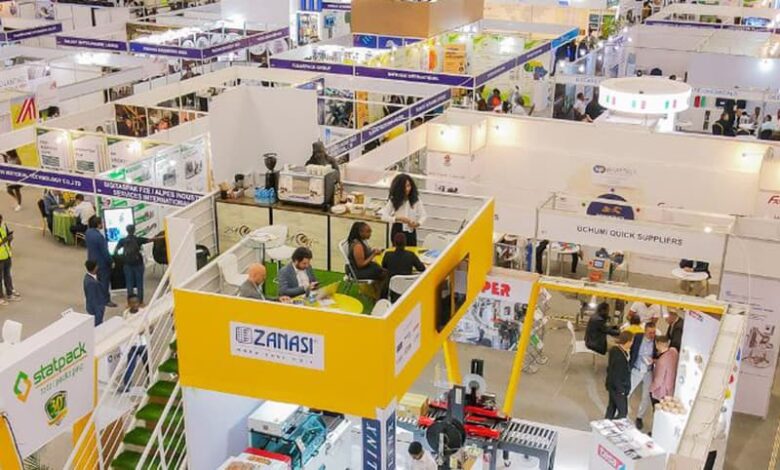
The 9th edition of Propak East Africa will see a great number of packaging, printing, plastics, and F&B processing professionals convene at Sarit Exhibition Centre in Nairobi, Kenya, from 20-22 May 2025.
The exhibition has built its reputation as the unmissable event of the year. Welcoming more than 5,500 visitors, 150 exhibiting global brands and startups, and with industry-leading conferences to stimulate inspiration and knowledge sharing, Propak East Africa is the region’s largest dedicated industry exhibition and conference.
The exhibition places all top brands, distributors, buyers, and associations under one roof to share knowledge, insights, and expertise on the current trends and challenges faced by the industry. Some of the regional and international companies that have confirmed participation include, among others, BERICAP, Epson, Hitachi, Kodak, Krones, Miraclon, Nilpeter, Odoo, The Packaging Group, Piovan Gulf, Reifenhäuser, Skyland Masterbatch & Polymers, Sun Chemical, Tetra Pak, Vertiv, and Windmöller & Hölscher.
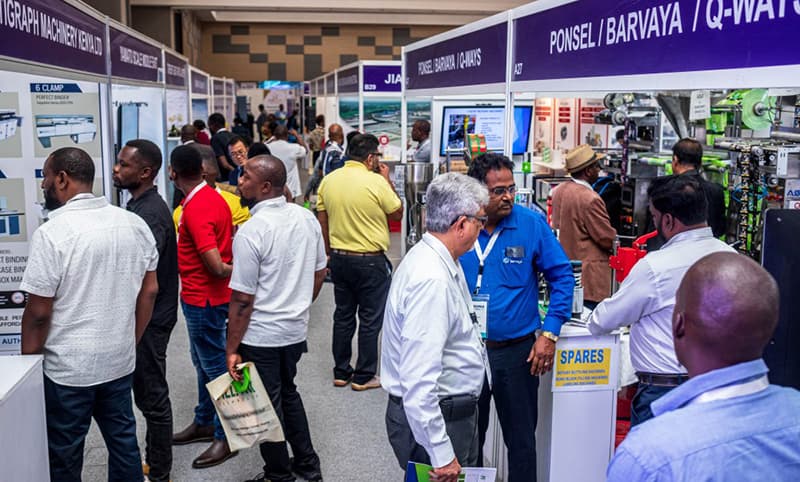
Unwrapping the Future
This year’s conference programme ‘Unwrapping the Future’ will not only have industry experts take a fresh and dynamic approach by exploring industry trends, but will also unveil a new take on the conference experience. The first day will see Plastics SA – the umbrella organisation for the South African plastics industry – providing in-depth training and expert perspectives on plastic recycling. The 2nd edition of the East African Packaging Summit on day two will bring together industry leaders to discuss innovations, trends, and the future of packaging in the region. Smart and sustainable manufacturing will be the main focus on the third and final day, taking a deep dive into cutting-edge technologies, sustainability strategies, and financing models that are shaping the future of manufacturing in East Africa.
Participants will gain valuable professional insights, engage with industry experts, and network with key plastics, printing, packaging, and processing players.
Doing Business Comfortably and Efficiently
Propak East Africa 2025’s hosted buyers program provides a great chance to do business with leading suppliers in a comfortable and efficient environment by creating outstanding networking opportunities with top industry professionals and to see the range of products and services supplied by the exhibitors even before the commencement of the exhibition.
Opening Hours: 10 am – 6 pm (all days).
For latest updates, visit www.propakeastafrica.com


